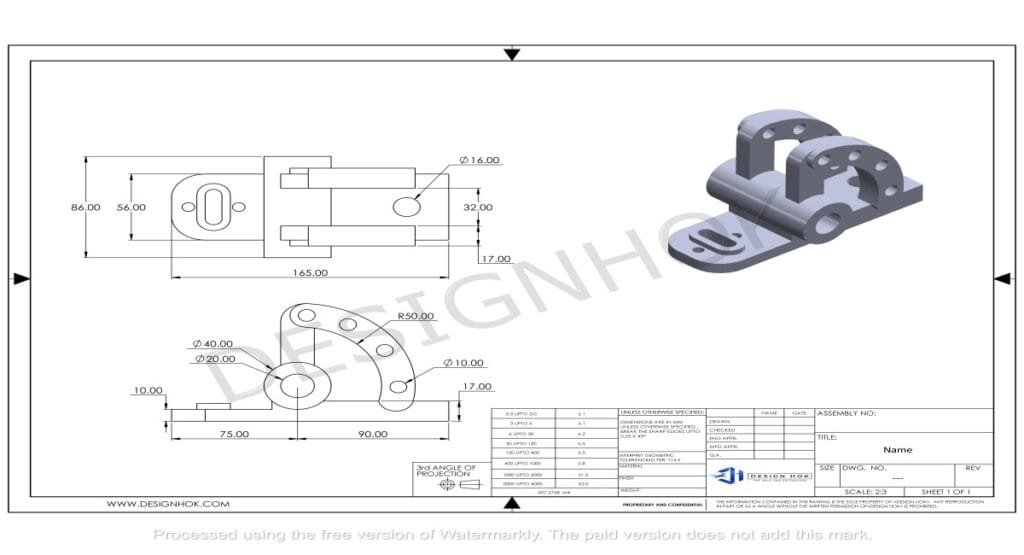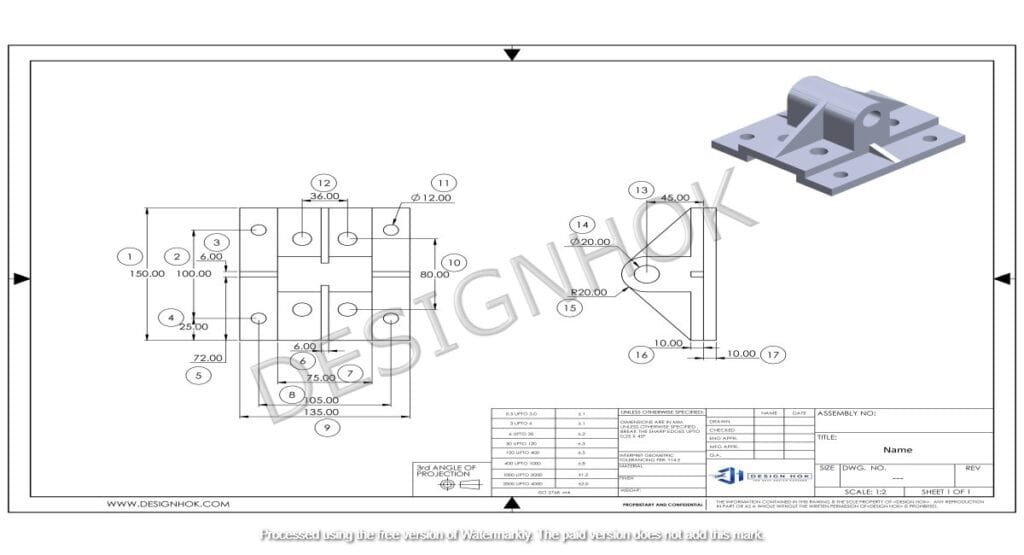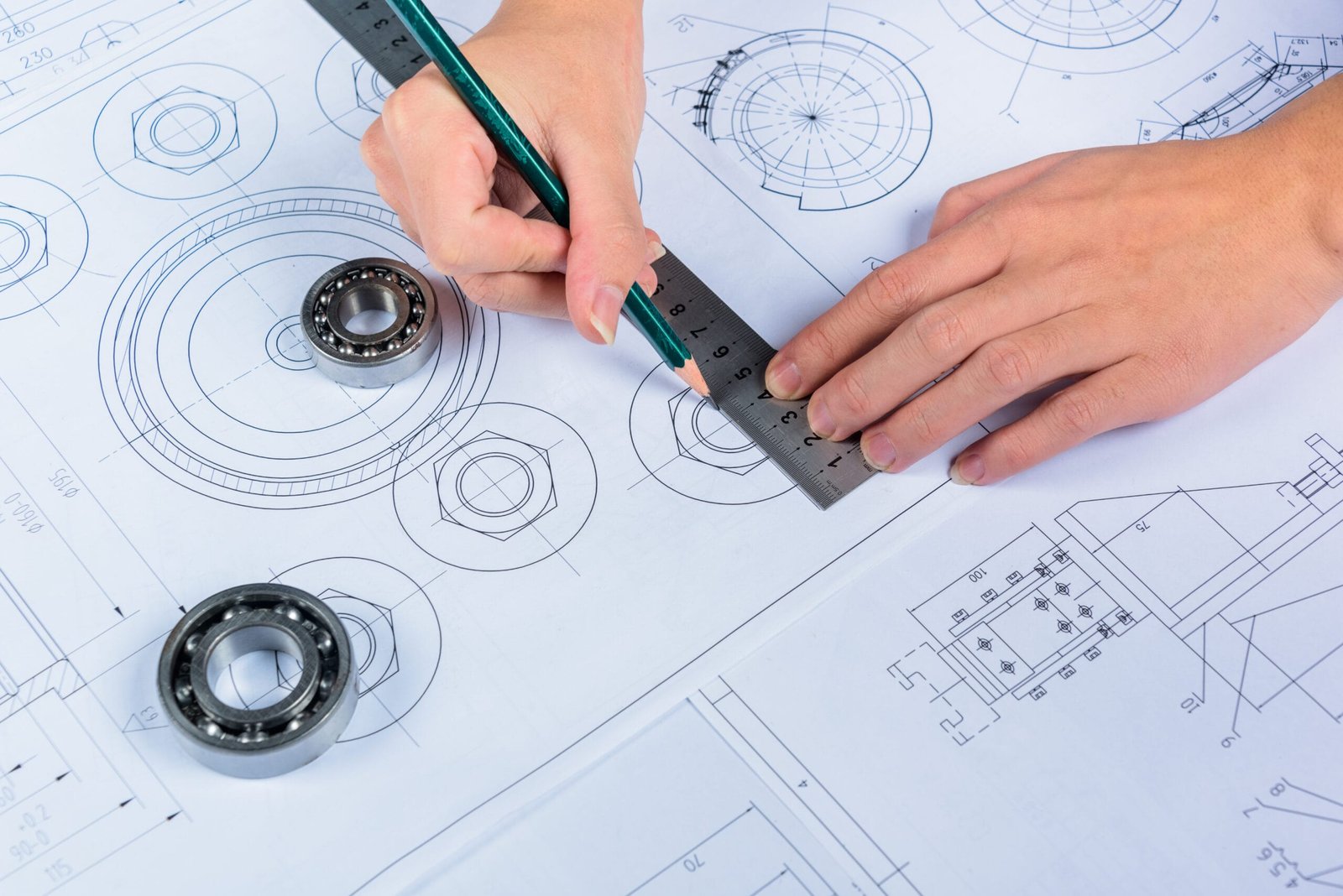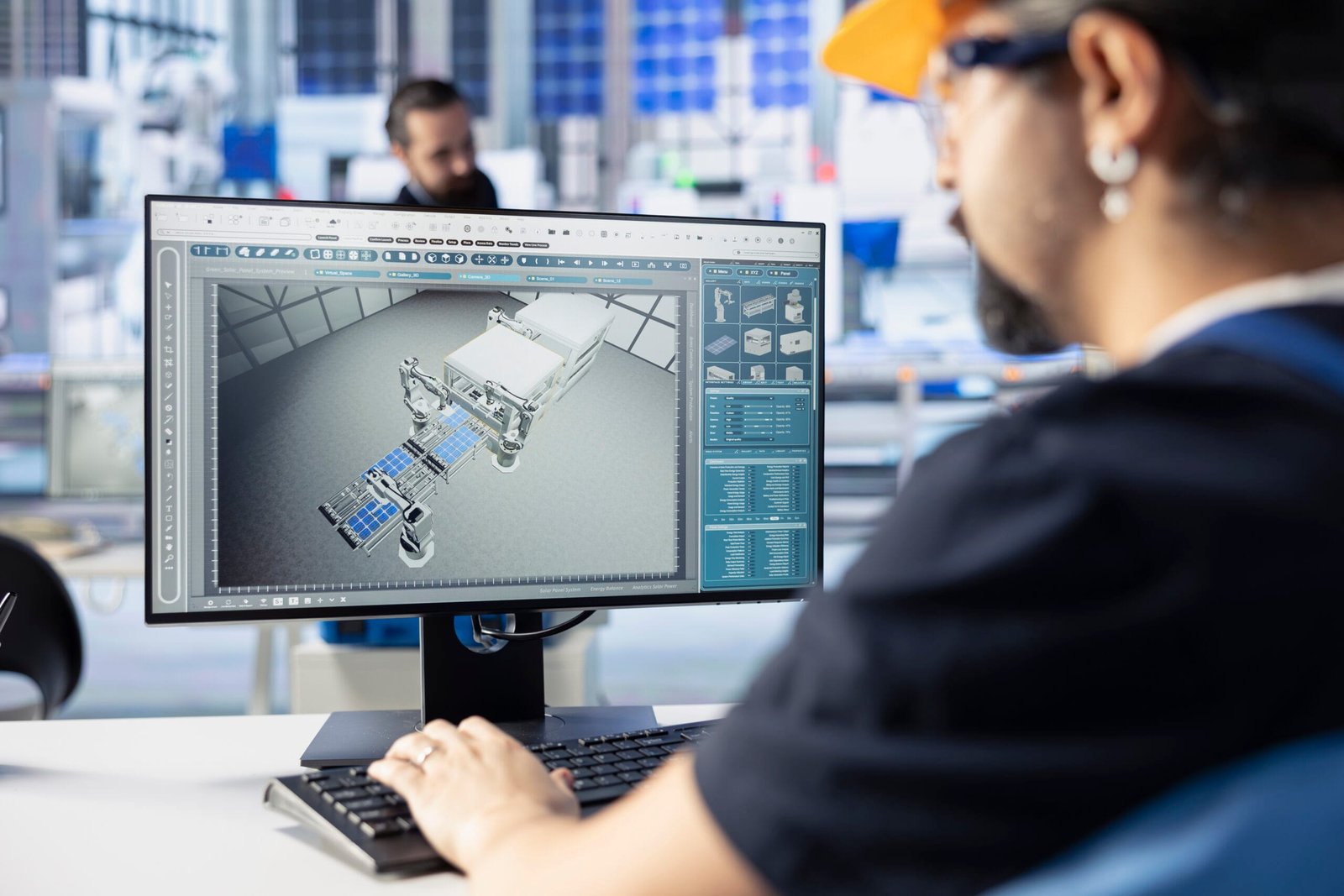Introduction
In today’s digital landscape, visual content is king. Businesses across industries are leveraging 3D modeling to create highly engaging and realistic visuals for digital marketing campaigns. Whether it’s for product advertisements, website presentations, social media marketing, or interactive content, 3D models enhance visual storytelling, making brands stand out in a crowded digital space.
For DesignHok, a leading provider of mechanical design, 3D modeling, 3D rendering, and 2D drafting services, integrating 3D modeling into digital marketing offers immense opportunities to showcase designs, products, and concepts in a visually captivating manner.
This blog explores the role of 3D modeling in digital marketing, how DesignHok uses it effectively, and why businesses should adopt this innovative approach to engage their audience.
What is 3D modeling in digital marketing?
3D Modeling for Digital Marketing refers to the creation of realistic, interactive, and visually engaging three-dimensional models used for promotional and branding purposes. Unlike traditional 2D images, 3D Modeling for Digital Marketing offer depth, realism, and flexibility, making them ideal for showcasing products, architecture, mechanical designs, and more.

Businesses use 3D modeling for:
- Product visualization (e.g., furniture, electronics, automotive)
- Architectural and interior design presentations
- Mechanical and industrial design promotions
- Augmented reality (AR) and virtual reality (VR) experiences
- Social media and website content marketing
For DesignHok, 3D modeling is a powerful tool that enhances the way design projects are presented to clients and audiences.
The Role of 3D Modeling for Digital Marketing
1. Enhancing Product Visualization
Traditional photography can be expensive and time-consuming. 3D Modeling for Digital Marketing eliminates these limitations by allowing businesses to create highly detailed, realistic digital versions of their products.
- Customers can view products from different angles, zoom in for details, and even customize colors or features.
- It is cost-effective because businesses don’t need physical prototypes for marketing.
- High-quality 3D renders can be used in ads, eCommerce platforms, and promotional materials.
For example, a company launching a new mechanical product can use DesignHok’s 3D modeling services to create realistic 3D renders for their website and digital ads, boosting engagement and sales.
2. Creating Interactive Marketing Experiences
Modern customers demand interactive experiences. With 3D Modeling for Digital Marketing, brands can:
- Develop 360-degree product views for websites and social media.
- Integrate 3D models into AR/VR applications, allowing customers to experience products in real-world environments.
- Enhance website engagement by using animated 3D elements.
For DesignHok, interactive 3D presentations help clients understand complex mechanical designs, making it easier to showcase engineering projects with precision.
3. Boosting Social Media Engagement
Social media platforms favor high-quality, visually rich content. 3D models and animations can:
- Increase likes, shares, and comments on posts.
- Improve click-through rates on digital ads.
- Make content more memorable and impactful.
For example, an animated 3D Modeling for Digital Marketing of a new product prototype shared on LinkedIn or Instagram can attract potential customers, investors, and stakeholders.

4. Improving Website Design and User Experience
Websites that use 3D Modeling for Digital Marketing can provide a more dynamic and engaging user experience. This includes:
- Interactive 3D backgrounds and elements.
- 3D animations explaining complex designs.
- Live customization options where users can tweak product designs before purchasing.
For DesignHok’s clients, integrating 3D models into their websites enhances their ability to present designs professionally and impress visitors.
5. Facilitating Better Client Presentations and Pitches
For businesses in architecture, engineering, and industrial design, using 3D models in presentations can:
- Clearly communicate complex ideas.
- Provide realistic previews of designs before production.
- Help secure client approvals faster.
For DesignHok, creating 3D visualizations of mechanical components or structural designs allows clients to see and understand projects with clarity, reducing misunderstandings and project revisions.
Best Practices for Using 3D Modeling in Digital Marketing
To maximize the impact of 3D modeling in digital marketing, businesses should follow these best practices:
1. Use High-Quality Rendering Software
DesignHok utilizes industry-leading 3D modeling and rendering software such as:
- Blender: For animations and high-quality visuals.
- V-Ray: For photo-realistic rendering.
- Autodesk Fusion 360: For detailed mechanical designs.
- SolidWorks: For industrial product modeling.
These tools ensure that 3D models look professional, realistic, and highly detailed.
2. Optimize for Different Platforms
3D content should be optimized for various 3D modeling for Digital Marketing including:
- Websites (lightweight 3D models to improve loading speed).
- Social media (short 3D animations, engaging thumbnails).
- Augmented and Virtual Reality (interactive 3D experiences).
3. Create Engaging and Interactive Content
Rather than static images, brands should explore:
- 360-degree product views.
- 3D animations explaining features.
- Live 3D customization tools for users.
4. Keep File Sizes Manageable
While high-resolution 3D models look great, they can slow down websites. Using compressed and optimized models ensures faster performance.
5. Ensure Realism and Accuracy
For industries like engineering and architecture, accuracy is crucial. Models should reflect real-world dimensions, materials, and lighting to maintain credibility.
Conclusion
3D modeling is revolutionizing digital marketing by offering visually immersive, interactive, and engaging content that captivates audiences. Businesses in product design, mechanical engineering, architecture, and eCommerce can greatly benefit from high-quality 3D visuals to enhance their online presence.
At DesignHok, we specialize in creating detailed 3D models, animations, and renders tailored to the needs of digital marketing. By integrating 3D technology into promotional strategies, brands can increase engagement, conversions, and overall customer satisfaction.
If you’re looking to elevate your digital marketing with 3D visuals, DesignHok is here to help!
Frequently Asked Questions (FAQ)
1. What is 3D modeling in digital marketing?
3D modeling in digital marketing refers to creating realistic, detailed three-dimensional representations of products, designs, or concepts for promotional use in ads, websites, and social media.
2. How does 3D modeling benefit digital marketing?
3D modeling enhances marketing by making content more interactive, visually engaging, and detailed, improving customer engagement and conversions.
3. What industries can benefit from 3D modeling in marketing?
Industries such as eCommerce, architecture, engineering, automotive, and industrial design can use 3D models to showcase their products and services effectively.
4. How does DesignHok use 3D modeling for marketing?
DesignHok creates high-quality 3D models, renders, and animations to help clients showcase mechanical designs, industrial components, and architectural concepts in digital marketing campaigns.
5. Can 3D models be used for AR/VR applications?
Yes, 3D models can be integrated into Augmented Reality (AR) and Virtual Reality (VR) experiences, allowing customers to interact with products in a virtual space.
6. How can businesses start using 3D modeling in their marketing strategy?
Businesses can partner with 3D modeling experts like DesignHok to create customized 3D visuals, animations, and interactive content for their marketing campaigns.





